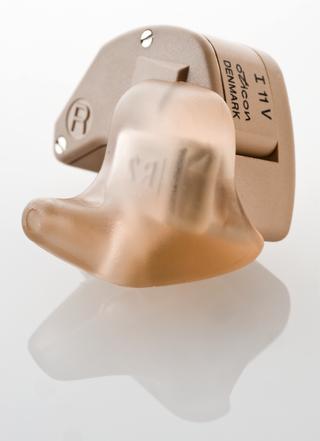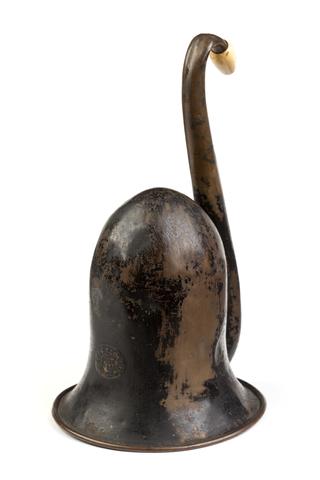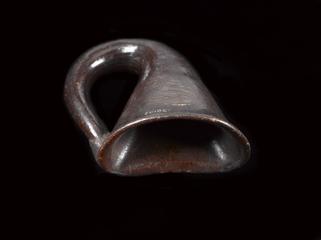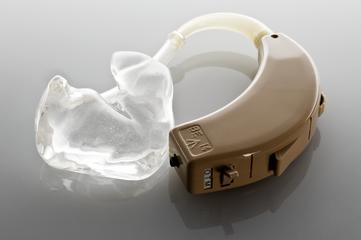

Simple tuning fork, probably European, 1701-1900.
Tuning forks of this type are used in audiology. They assess the extent of any hearing loss. The fork is hit against a hard surface. The resulting vibrations create a pure sound. D
There are two types of tuning fork tests in general use: the Weber test and the Rinne test. The Weber test is to see which ear a person is experiencing loss of hearing from. The Rinne test uses a tuning fork at the base of the skull and then the ear. The patient is then asked which one was louder. A person with no hearing loss says the fork nearest the ear is louder.
Details
- Category:
- Audiology
- Collection:
- Sir Henry Wellcome's Museum Collection
- Object Number:
- A625200
- Materials:
- metal
- Measurements:
-
overall: 2 mm x 225 mm x 13 mm, .02kg
- type:
- tuning fork




